Today, organizations are focusing more on being Customer-centric and are on their journey to Digital Transformations to stay competitive. They are trying to build applications that are highly digital, engaging, enabling seamless Customer Experience (CX), and scaling across multiple target markets, platforms, and domains.
On their quest to Digital Transformation, it’s imperative to maintain High Quality and Robust Security, for all the applications being developed.
Salesforce is constantly evolving and so are the Low/No-Code and Customisation options for development. Applications are becoming more complex nowadays. We need an improved and well-structured approach for testing Digital Applications. Testing should no longer be considered a mere percentage of efforts, calculated based on the Development efforts, rather it needs to be estimated as an integral part of the Development efforts.
This blog highlights the key aspects of Digital Testing, and how Copado Robotic Testing can help you build faster, stable, and quality digital applications at scale.
Why is the Manual Testing approach no longer viable?
We burn a huge amount of man hours on manual testing every month and still war rooms and defect triaging calls are inevitable. With new Digital apps coming up every now and then, we need to test everything from Browser Compatibility to UI response time. Performing all these different types of testing with traditional methods is possible but takes more time and with tight deadlines, we need faster launch times.
Let’s understand the challenges with manual testing before we understand what Digital Testing is. Here is a quick list covering the key challenges involved with manual testing.
Few Challenges with Traditional Testing Approach
1. Developing and Maintaining Test Scripts is Tedious
- Applications continuously evolve and with Agile approach changes are released more frequently. Teams are playing to keep the scripts aligned and updated with each new Salesforce release.
- Testing scripts needs to be updated more frequently. Outdated test scripts cause issues within the testing lifecycle from QA till the UAT environment.
- Integration or SIT Scripts needs to be developed considering end-to-end testing of the application.
2. Time to Deliver
- Tests are manually executed, so every incremental change needs more time to be spent on execution than the earlier.
- Go To Market (GTM) time is impacted due to longer testing cycles. And, trying to reduce the cycle time may impact the quality of the application.
3. Lack of Transparency & Communication
- With multiple teams working simultaneously on different streams, the overall testing status and performance is not visible till C level.
- Test Leads need to spend time every week/month to present key metrics to stakeholders. Still it does not give a clear picture of the current state of the application.
- Tracking these key performance metrics becomes an overhead with the growing need to keep the scripts updated, communicating with teams for analysis, updating status on multiple tools and systems, and so on and so forth.
4. Inefficient Complex System Testing
- Manual testing becomes very difficult and hard when you have an Enterprise Architecture connecting multiple systems.
- It gets difficult to maintain the sync between test scripts based on changes and there are high chances of missing steps in testing.
- Lack of skilled resources, as you may not get one tester, who is proficient in all the tech landscape.
What is Digital Testing
Digital Testing helps to ensure the quality of digital applications and workflows built using Salesforce and new technologies in the market. Automating these testing processes drives more value through quality and time driven deliveries, focused on providing an impeccable customer experience.
Architects are following a “Testing First Approach” which can be better achieved by:
- Structured Digital Testing Approach and Goals
- Considering Automation Testing as a part of the SDLC and planning with skilled resources and Tools
- Developing a strategy around types of testing to be performed. Not all testing types are applicable for all the applications.
With the latest AI/ML language models and increasing data volume, millions of concurrent users of applications, more security threats, switching from desktop only to support for any device compatible applications, and not having the right automation testing tools integrated, can cause delays, impact overall quality of the application, and most importantly affect the Customer Experience (CX).
Architects and Application Leaders have increasing pressure to deliver faster, quicker, high quality software applications. In this entire process, manual testing can become a bottleneck for faster and more efficient rollouts.
How Digital Testing Helps:
- Helps deliver greater Customer Experience (CX)
- Testing against latest Technology Stack
- Ensure better Data Security and Privacy testing for applications
How Copado Robotic Testing Helps Elevate Customer Experience (CX)?
Copado Robotic Testing helps automate the manual testing process and implement Digital Testing for secure and scalable testing. With its Low-Code build and an ability to configure multiple systems with ease, CRT is for everyone from small teams to large enterprises, enabling them to standardize a more stable and effective solution.
So, why Copado Robotic Testing?
- Low Code/No Code AI-enabled automation infrastructure
- Enable testing across multiple devices easily
- Allows you to use your existing Test Scripts or to develop new ones
- Easy to record scripts, update scripts, and record. Voila !!
- Testing across multiple platforms without switching between testing tools or having multiple specialized testers
- Faster testing cycles with easy to maintain Test Scripts
- Better reusability of Test Scripts across the applications
Additionally, it also offers API support to integrate with your existing Jita, GitLab, Azure or Jenkins instance. So, what are you waiting for? Equip your business with the most innovative and easy to use Testing platform and drive more stable applications with lightning fast Go to Market (GTM) time!!
Testing is crucial for Salesforce and any IT or non-IT applications. With the increasing number of disruptive technologies, testing strategy needs to be evolved as well.
Digital testing helped us to improve the overall quality of the application, optimizing the testing time for each environment and setting up a more scalable, robust testing framework and delivering impeccable Customer Experience.
About The Author
Sheetal is many things: Salesforce Trainer, Senior Technical Architect, Delivery Manager, Scrum Master and more! She’s passionate about mentoring others on their Salesforce journeys through Supermums, Trailhead and the Copado Community. Sheetal has a deep understanding of the Salesforce Platform and leverages DevOps to help her clients succeed. In her free time, Sheetal actively supports animal welfare NGOs and loves her feline pets at home.
Do you have DevOps knowledge to share? Showcase your DevOps expertise and become a contributor. Submit your idea here!
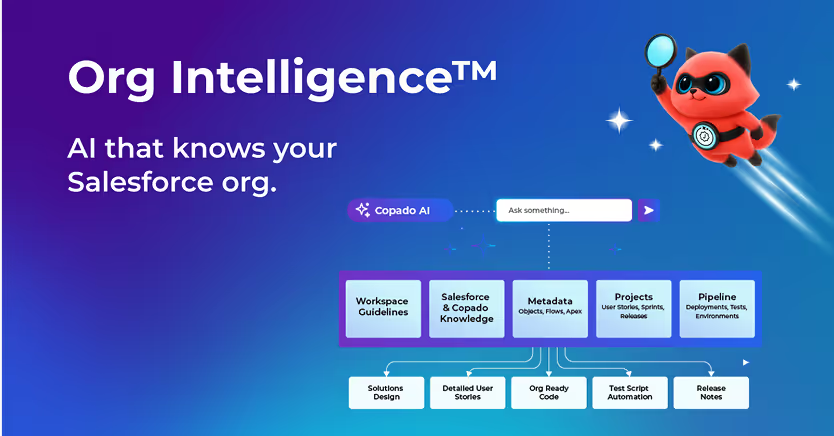










.svg)
.svg)

.png)

.svg)

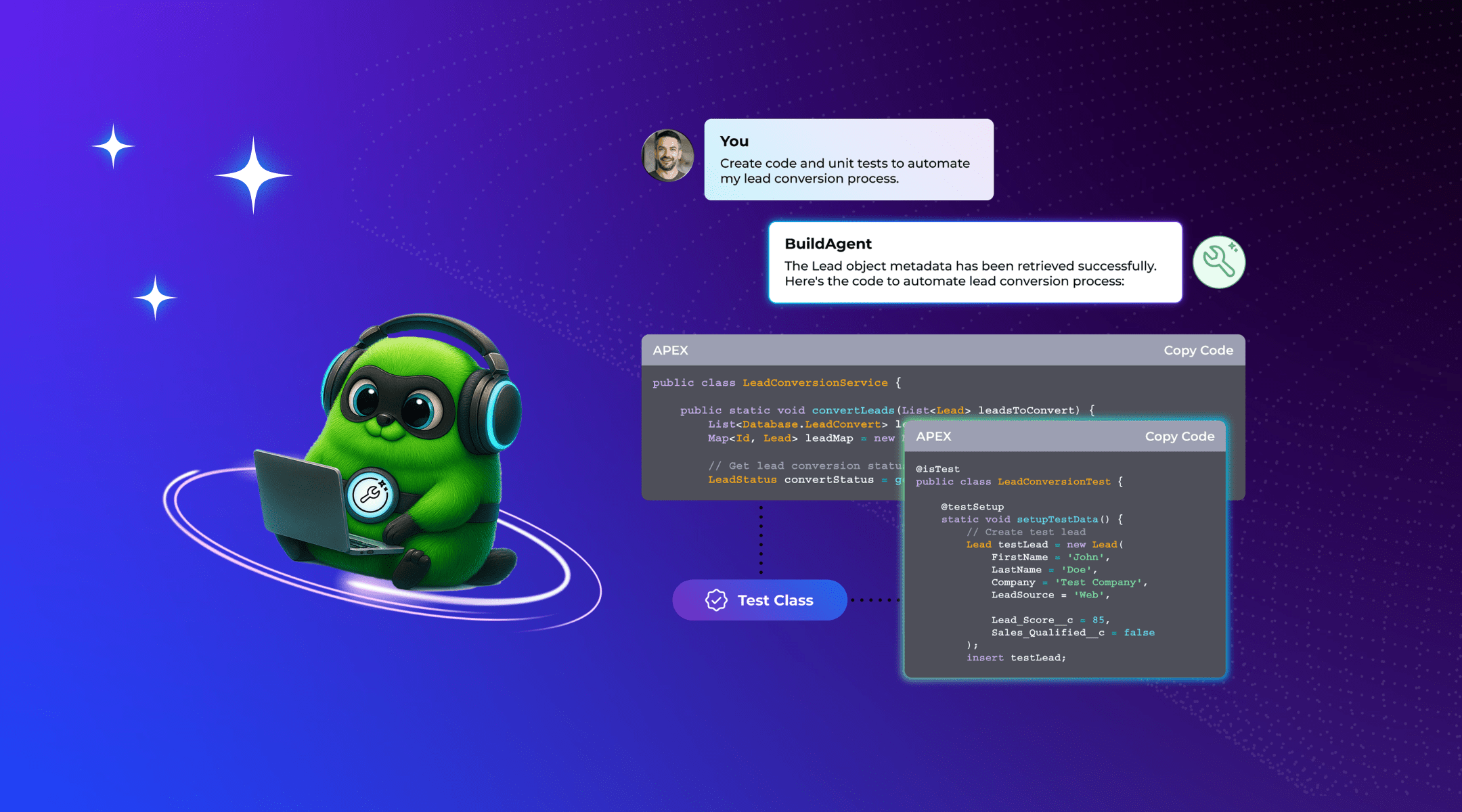


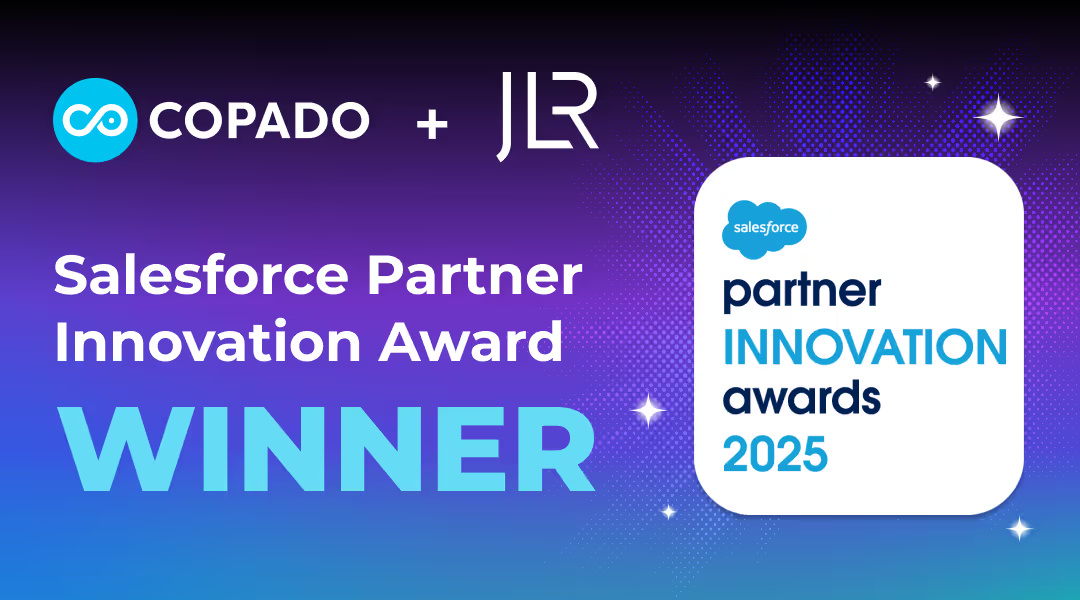



.avif)


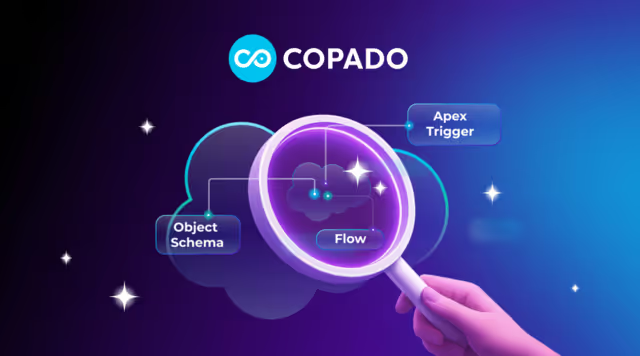
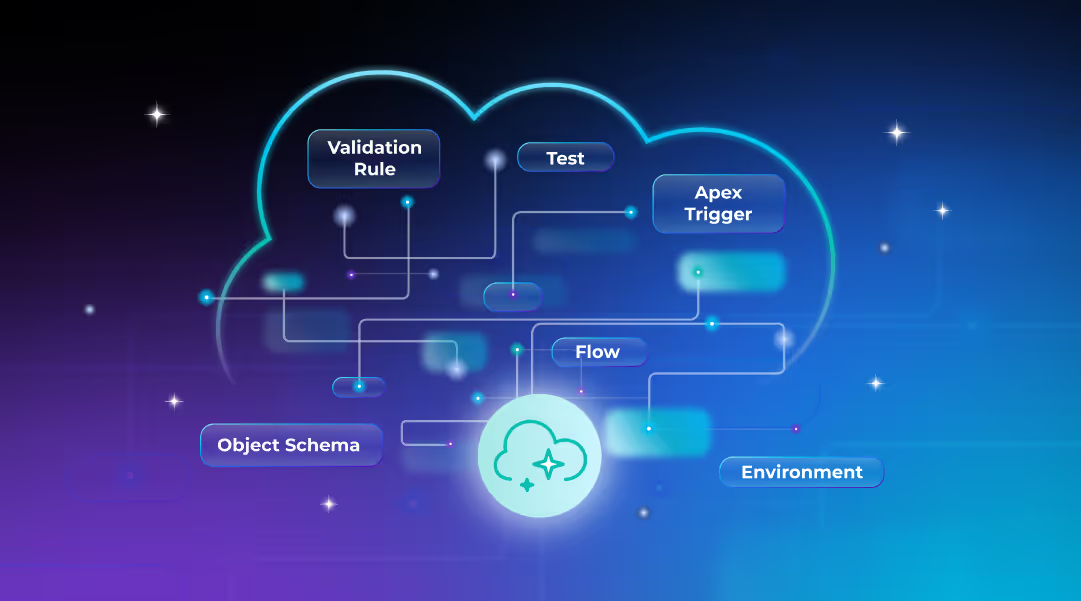









%20Data%20to%20Me_BLOG_1080x600.avif)






.avif)

































.avif)







.avif)



.avif)
























%20(1).png)
.png)
.png)

.avif)


.svg)
